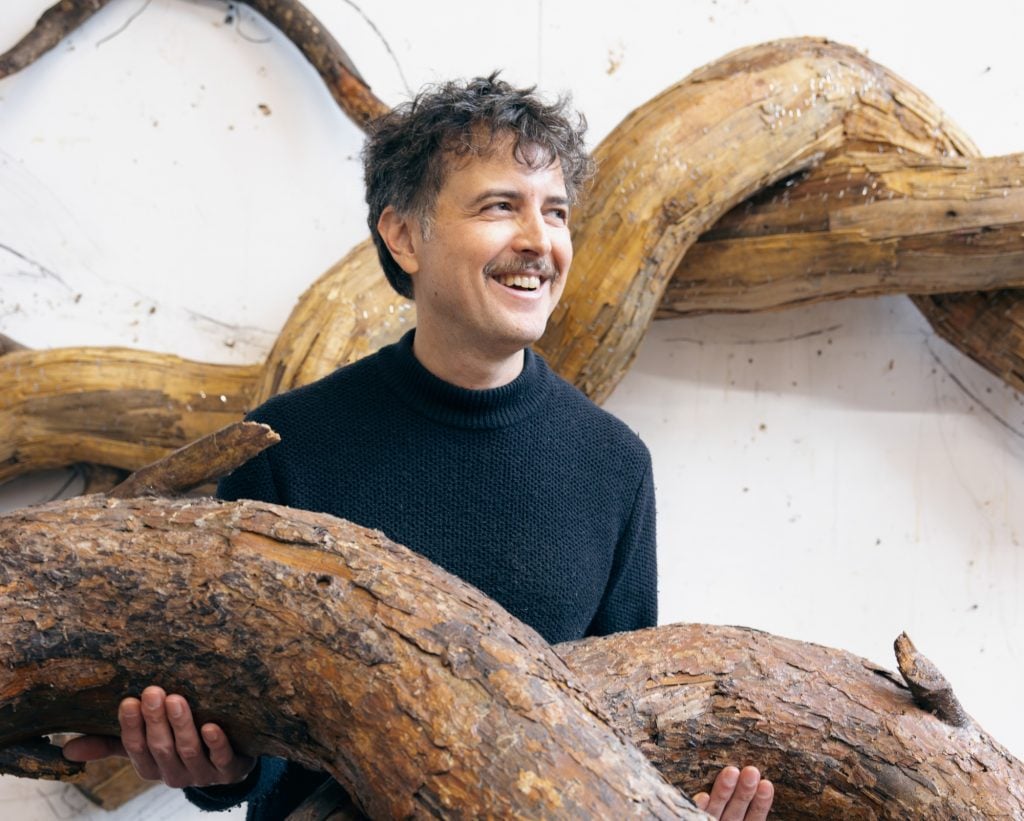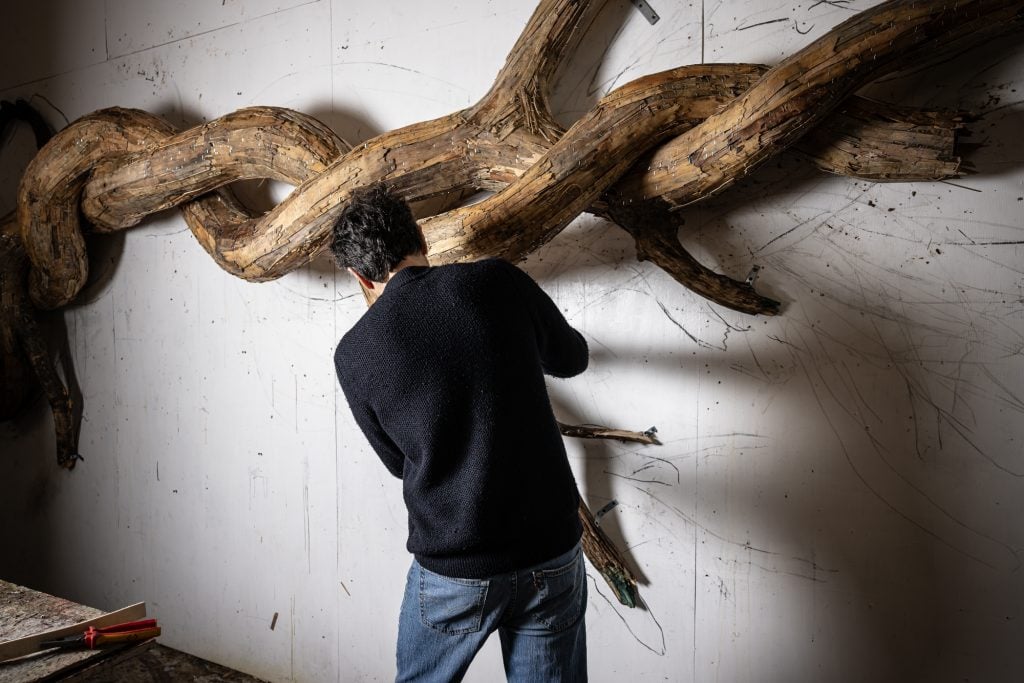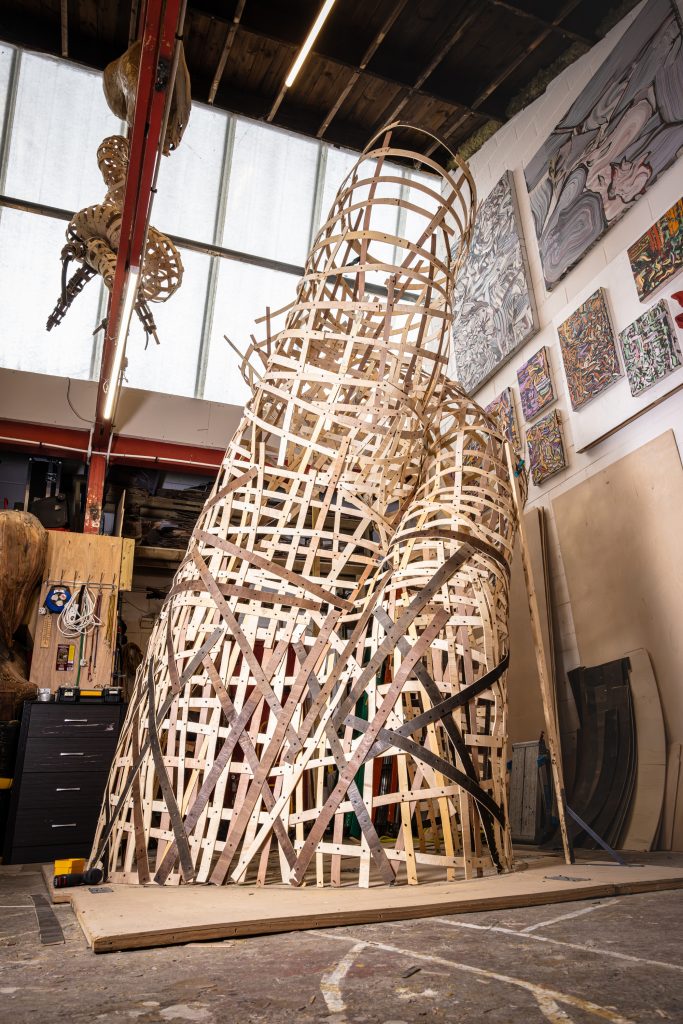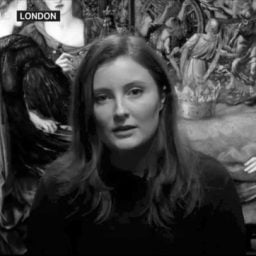Art World
Ruinart Taps Six International Artists for a Nature-Inspired Collaboration
We spoke to Henrique Oliveira about his contribution to the "Conversations with nature" exhibition that will travel to Frieze, Art Basel, and TEFAF.

A glass of Ruinart is the art world’s chosen way to celebrate a successful day of sales and, as such, has become pretty much de rigueur at TEFAF, Frieze, and Art Basel. Luckily for art lovers, the house does more than deliver elegant champagne, it encourages us to enjoy it in the midst of a new commissioned art installation courtesy of its annual Carte Blanche program.
Since 2008, Ruinart has invited a renowned artist to respond to some aspect of the Ruinart story, whether that’s the rolling vineyards of northern France or the harmonious grape blends masterminded by the house’s chef de caves. For the first time this year, Carte Blanche is debuting “Conversations with nature,” a collective presentation featuring six big names: British artist Marcus Coates, Cameroonian artist Pascale Marthine Tayou, Dutch artist Thijs Biersteker, Japanese artist Tomoko Sauvagel, American artist Andrew Bowers, and Brazilian artist Henrique Oliveiraa
Each has responded in their own way to the natural world, creating works that chime with Ruinart’s commitment to centering biodiversity and sustainability in all its processes. Oliveira has made wooden monuments evoking the knotty, tangled vines that bear the pinot noir and chardonnay grapes.

Henrique Oliveira at work in his London studio. Photo: © Ilya Kagan, courtesy of Ruinart.
At Oliveira’s east London studio, Artnet News got a sneak preview of some of the sights that art fair attendees can expect to see in 2024. Born in São Paulo in 1973, Oliveira started out as painter but eventually began making sculptures using discarded materials from dumpsters and construction sites like plywood, wire mesh, found fabrics, and cardboard.
In Oliveira’s hands, society’s waste can metamorphose into organic forms, whether botanic or biological, but always with a fantastical twist. Over time, Oliveira’s sculptures grew to become wholly immersive, flowing out from the walls and crawling over and around architecture. In this way, he converts our surroundings into overrun, wild environments.
“My work is a whole crafting process just to reconstruct elements of nature,” said Oliveira, adding that he believes this effort speaks to our time. “In the modern era, nature was something we were fighting against. Humanity was small and nature was big. Now humans are taking over and nature is threatened and fragile so the big effort is changing the way we live to return nature back to how it was before.”

Henrique Oliveira’s commission for Maison Ruinart at his London studio. Photo: © Ilya Kagan, courtesy of Ruinart.
As part of this collective rethinking about our approaches to the environment, Oliveira also observed, “People are starting to think more about where their food and drinks come from.” Champagne is highly sensitive to the climate and the condition of terroir and Maison Ruinart is committed to preserving the land while also adapting centuries-old processes to our changing world.
For champagne enthusiasts who can’t get enough of Oliveira’s otherworldly creations, he is also creating a special commission to fill the courtyard at Maison Ruinart in Reims as part of a new series of permanent public sculptures at the site. Some of Oliveira’s other best known past works have included the twisted interlocking tree branches of Baitogogo, exhibited at Palais de Tokyo in Paris in 2013, and the winding cave-like warrens of The Origin of the Third World, included in the São Paulo Biennial in 2010.
“Conversations with nature” will travel to art fairs worldwide throughout 2024, including Miart, Frieze New York, Seoul, and London, Art Basel in Basel and Miami Beach, and Paris+.





